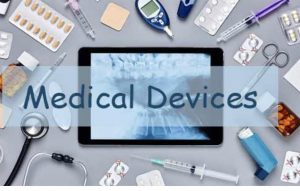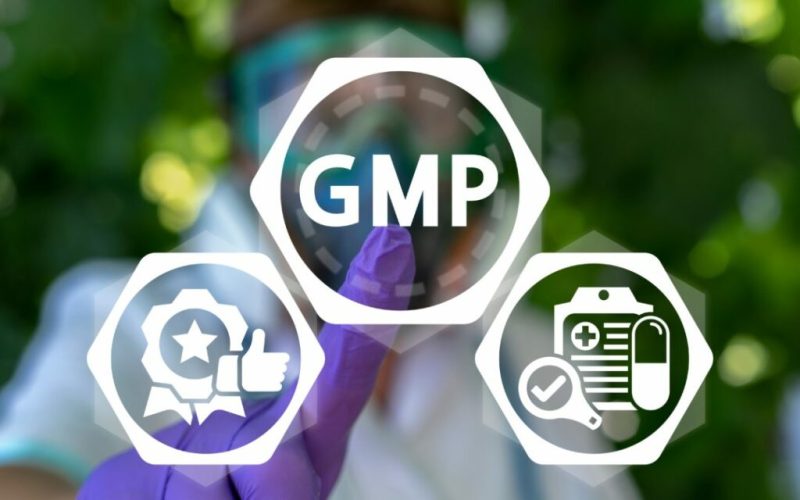Introduction
When it comes to medical devices, quality and safety are absolutely critical. That’s where GMP certification comes in. But what exactly is GMP certification, and why does it matter? Many people think it’s just a fancy label to show off, but it’s much more than that. GMP stands for Good Manufacturing Practice, a set of strict rules and guidelines that manufacturers must follow to make sure their products are safe and effective. In this article, we’ll explain why GMP certification is essential for medical devices and how companies can earn and keep this important certification.
What is GMP Certification?
GMP, or Good Manufacturing Practice, is a system that ensures products are made consistently and controlled according to quality standards. For medical devices, GMP focuses on the manufacturing process, including design, production, testing, and storage. The goal is to minimize risks such as contamination, defects, or failures that could harm patients.
GMP certification means a company has passed official inspections and audits proving they follow these strict rules. It shows their products meet high-quality and safety standards, which is very important for medical devices that patients rely on.
Why is GMP Certification Important for Medical Devices?
1. Ensures Product Safety
Medical devices directly impact people’s health. If a device fails or causes harm, the consequences can be severe. GMP certification makes sure manufacturers follow processes that reduce risks and keep products safe.
2. Builds Customer Trust
Doctors, hospitals, and patients want to use devices they can trust. When a company has GMP certification, it sends a strong message that the products are reliable and meet high standards.
3. Meets Legal Requirements
Many countries require medical device manufacturers to have GMP certification before their products can be sold. Without this certification, companies may face fines, product recalls, or bans.
4. Improves Product Quality
Following GMP guidelines means better control over the production process. This leads to consistent quality, fewer errors, and fewer defective products reaching the market.
5. Supports Market Access
GMP certification often opens doors to international markets. Many countries demand this certification for importing medical devices, so having it can help companies expand their reach.
Key Components of GMP for Medical Devices

To earn GMP certification, manufacturers must focus on several important areas:
1. Quality Management System (QMS)
A QMS is the backbone of GMP. It sets clear policies, procedures, and responsibilities to ensure quality throughout the product lifecycle.
2. Proper Documentation
Every step in the manufacturing process must be documented. This helps track production, detect problems, and ensure repeatability.
3. Training and Competence
Employees must be trained properly to carry out their tasks. Skilled workers reduce the risk of mistakes and maintain high standards.
4. Clean and Controlled Environment
Manufacturing areas must be clean and well-maintained to avoid contamination and defects.
5. Equipment Maintenance
Machines and tools must be regularly checked and maintained to ensure proper function.
6. Product Testing and Inspection
Before release, devices are tested and inspected to confirm they meet specifications and safety standards.
How to Get GMP Certification for Medical Devices
Step 1: Understand the GMP Guidelines
Start by learning the specific GMP requirements for medical devices in your country or region. This may include ISO 13485, which is a common international standard.
Step 2: Develop a Quality Management System
Create clear processes, policies, and documentation that align with GMP rules. This includes training plans, manufacturing steps, quality checks, and record keeping.
Step 3: Train Your Team
Make sure all employees understand GMP and their role in maintaining quality. Regular training helps prevent errors.
Step 4: Implement and Monitor
Put your QMS into practice. Monitor production, test products, and keep detailed records.
Step 5: Prepare for the Audit
External auditors will inspect your facilities and documentation to verify compliance. Prepare by reviewing your processes and correcting any gaps.
Step 6: Obtain Certification and Maintain It
After a successful audit, you receive GMP certification. Remember, certification is ongoing—regular inspections and continuous improvements are necessary.
Common Challenges in GMP Certification
- Complex Documentation: Keeping thorough and accurate records can be difficult but is essential.
- Training Consistency: Ensuring all employees understand and follow GMP can take effort.
- Costs: Upgrading facilities and processes to meet GMP can require investment.
- Keeping Up with Changes: GMP regulations may update, so companies must stay informed and adapt.
Conclusion
GMP certification for medical devices is far more than just a label — it is a commitment to quality, safety, and trust. For manufacturers, achieving GMP certification means producing reliable, safe products that protect patients and meet legal standards. Though the certification process can be challenging, the benefits of improved quality, customer trust, and market access make it worthwhile. By following clear steps like establishing a strong quality management system and training employees, companies can earn and maintain this important certification. In the medical device industry, GMP certification is truly a mark of excellence.












